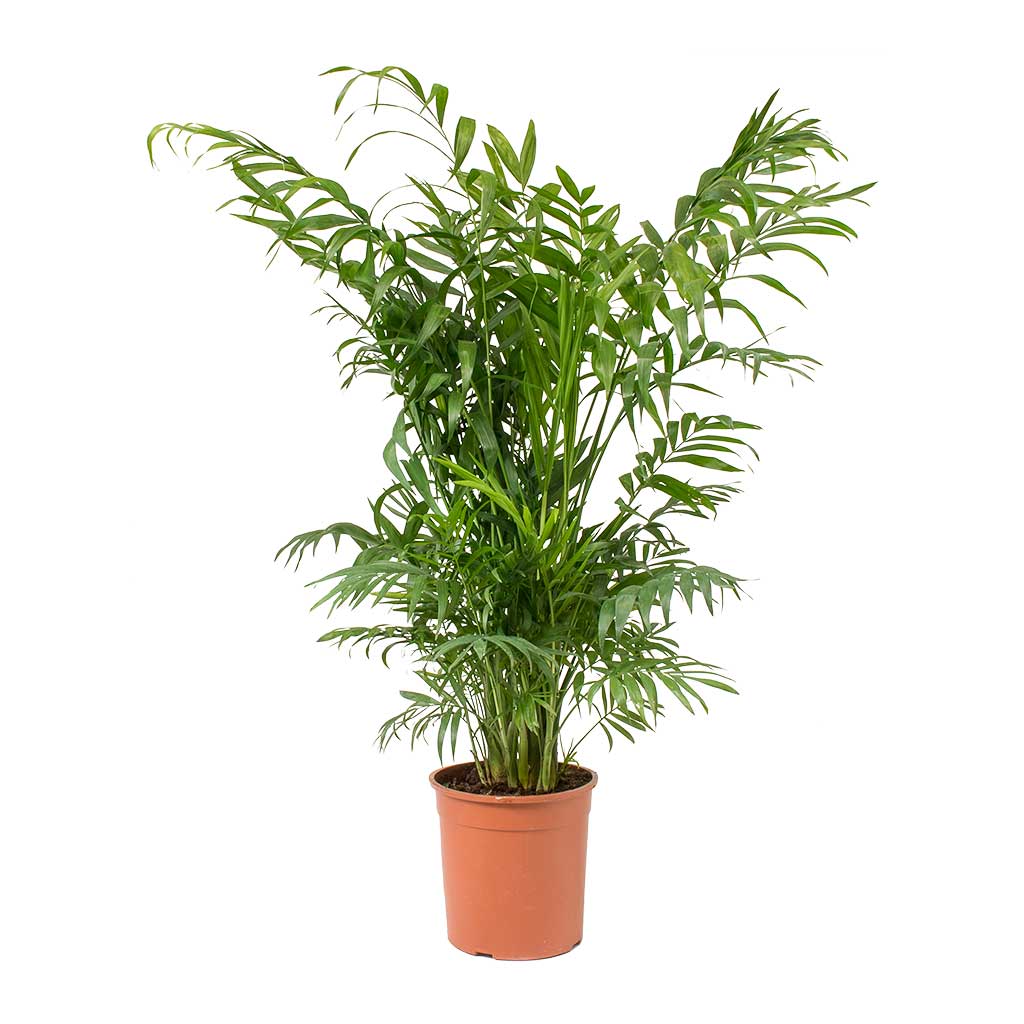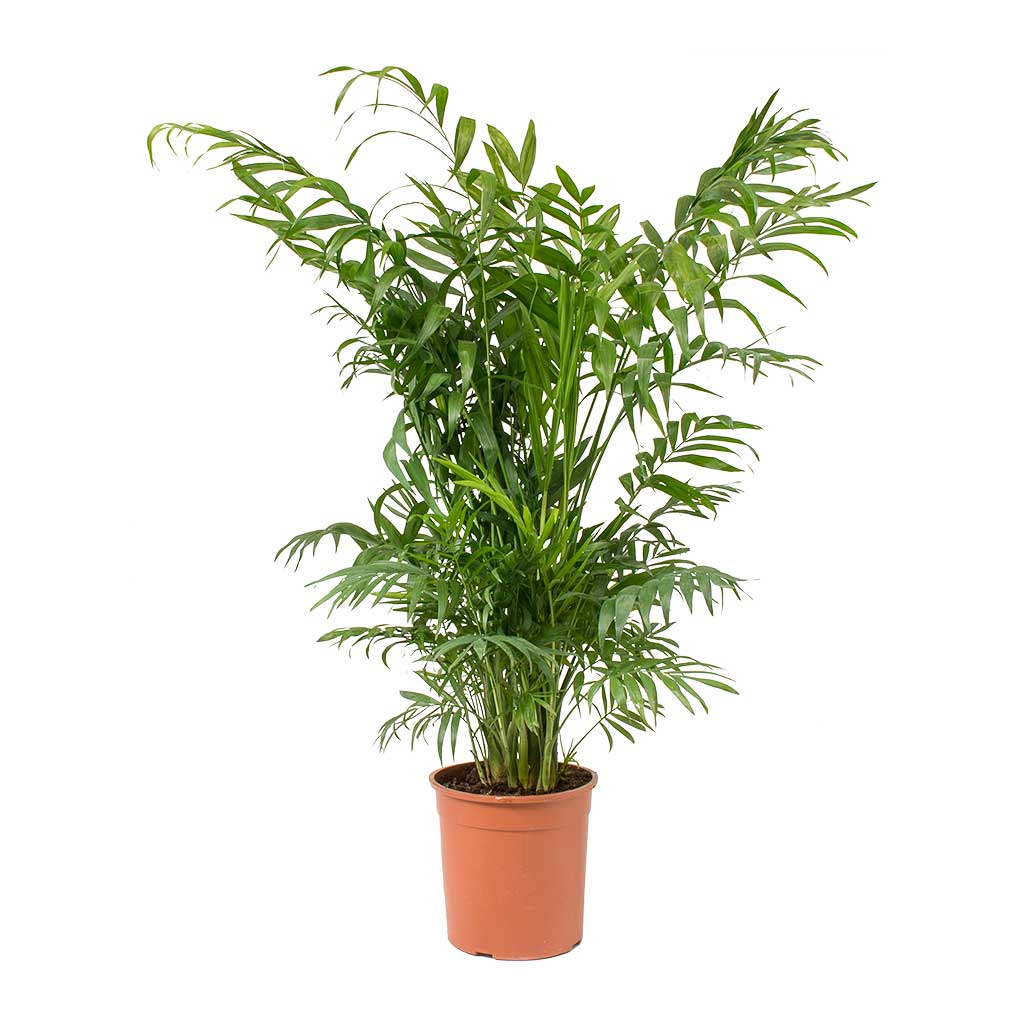My Store
Chamaedorea Elegans, Parlour Palm or Bamboo Palm- Indoor Plant
Chamaedorea Elegans, Parlour Palm or Bamboo Palm- Indoor Plant
Couldn't load pickup availability
Chamaedorea Elegans – Parlour Palm / Bamboo Palm Care Guide
Botanical Name: Chamaedorea elegans
Common Names: Parlour Palm, Bamboo Palm, Neanthe Bella Palm
Family: Arecaceae
Origin: Southern Mexico & Guatemala
Type: Tropical evergreen palm (indoor houseplant)
Overview
The Parlour Palm (Chamaedorea elegans) is a timeless indoor favorite known for its graceful, feathery fronds, slow growth, and exceptional adaptability to low light. Also referred to as the Bamboo Palm for its slender, cane-like stems, this plant was a symbol of luxury in Victorian parlors—hence the name.
It thrives indoors with minimal care, making it a top pick for homes, offices, hotels, and commercial spaces in Dubai and around the world.
Light Requirements
-
Ideal: Bright, indirect light
-
Tolerates: Low light, making it suitable for offices or darker rooms
-
Avoid: Direct sunlight—it can burn the leaves
Tip: Rotate the pot monthly for even growth.
Watering Guide
-
Water When: Top 2–3 cm (1 inch) of soil is dry
-
Frequency: Once a week in warm months; every 10–14 days in cooler months
-
Water Quality: Use room temperature, non-chlorinated water
Signs to Watch:
Yellow leaves = overwatering
Crispy tips = underwatering or low humidity
Temperature & Humidity
-
Temperature Range: 18–27°C (65–80°F)
-
Humidity: Medium to high (40–60%); mist occasionally for best health
-
Avoid: Cold drafts, heaters, or AC vents
Soil & Fertilizer
-
Soil Type: Lightweight, well-draining potting mix
Use peat + perlite or ready-made palm soil -
Fertilizer: Feed monthly in spring/summer with a diluted balanced liquid fertilizer
Avoid overfeeding; Parlour Palms are light feeders
Pruning & Repotting
-
Pruning: Remove yellow or brown leaves at the base
Do not cut the crown—new growth emerges from it -
Repotting: Every 2–3 years; prefers being slightly root-bound
Choose a pot just 1 size larger with drainage
Common Issues & Solutions
| Problem | Cause | Fix |
|---|---|---|
| Yellowing leaves | Overwatering | Let soil dry out between waterings |
| Brown leaf tips | Dry air or low humidity | Mist plant or use a humidifier |
| Leaf spots | Fungal issues from overwatering | Improve airflow, reduce water frequency |
| Spider mites | Dry conditions | Wipe leaves, mist regularly, treat with neem oil |
Share




